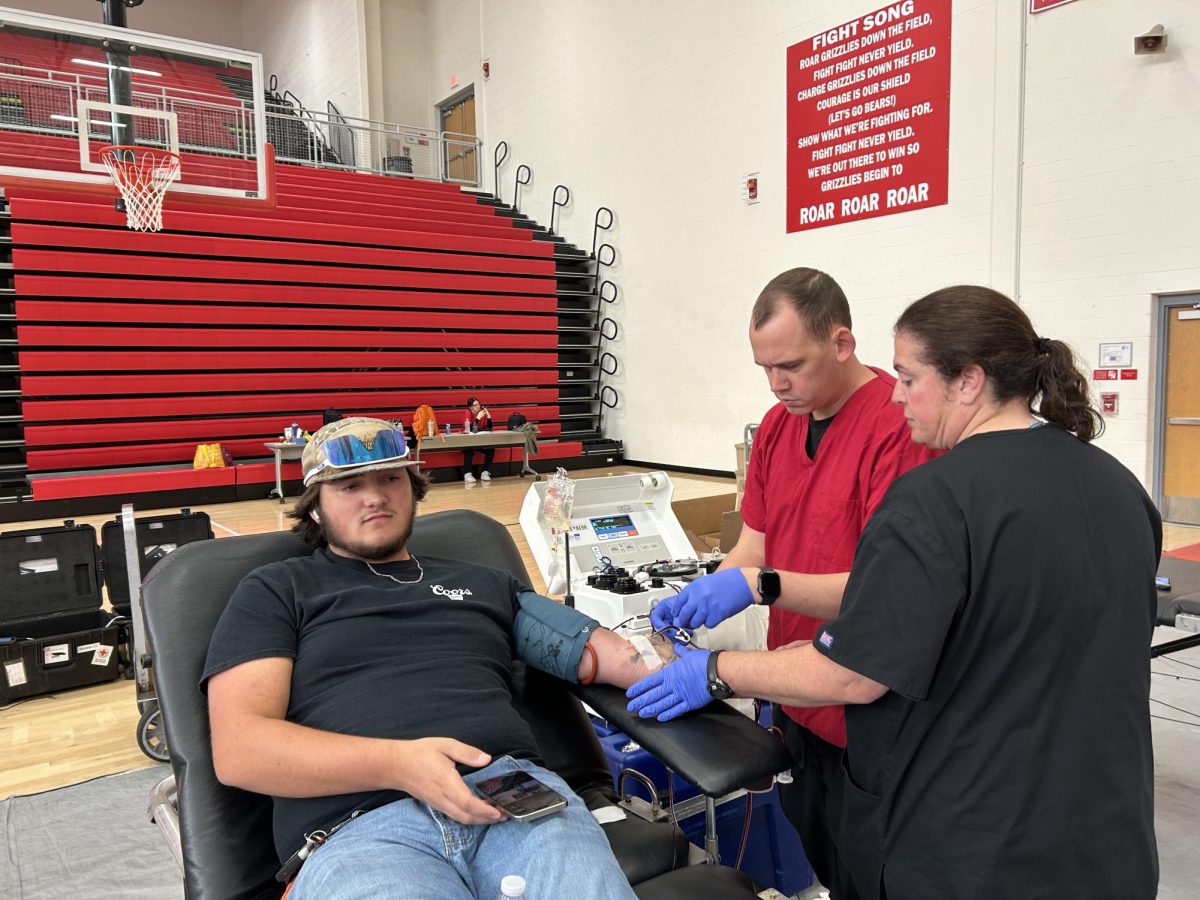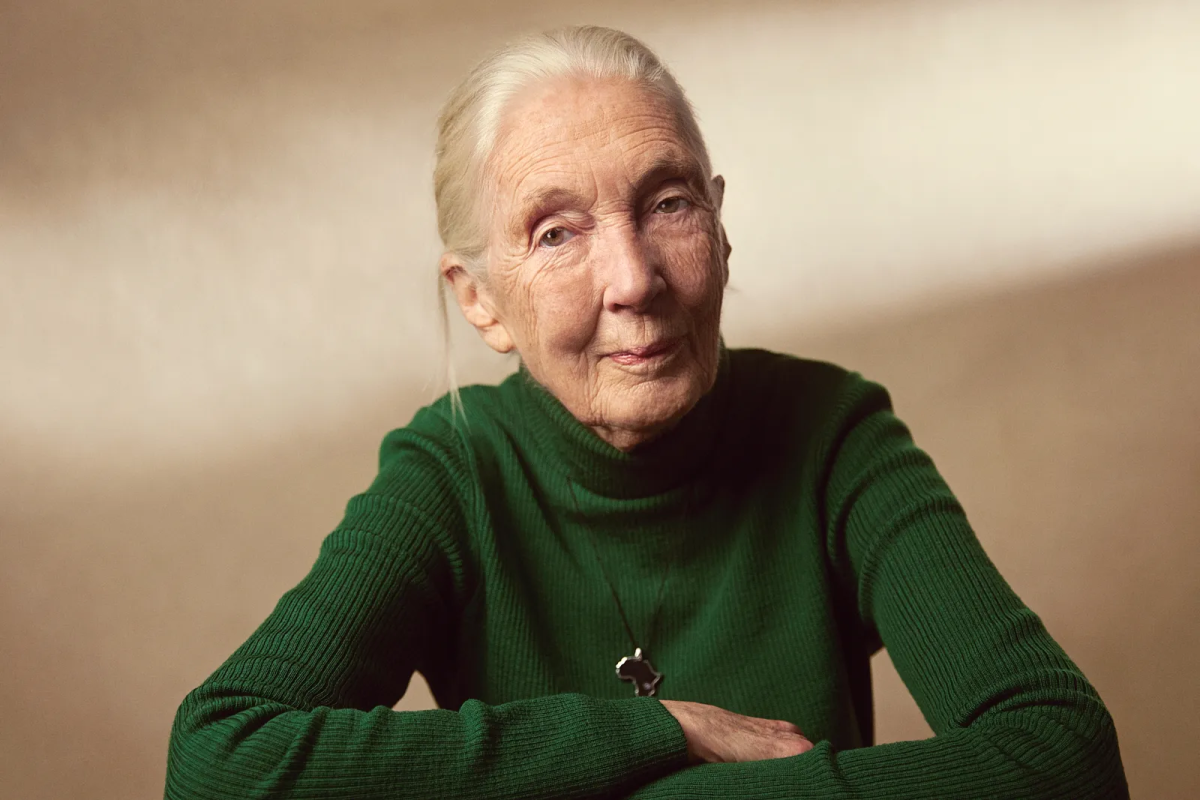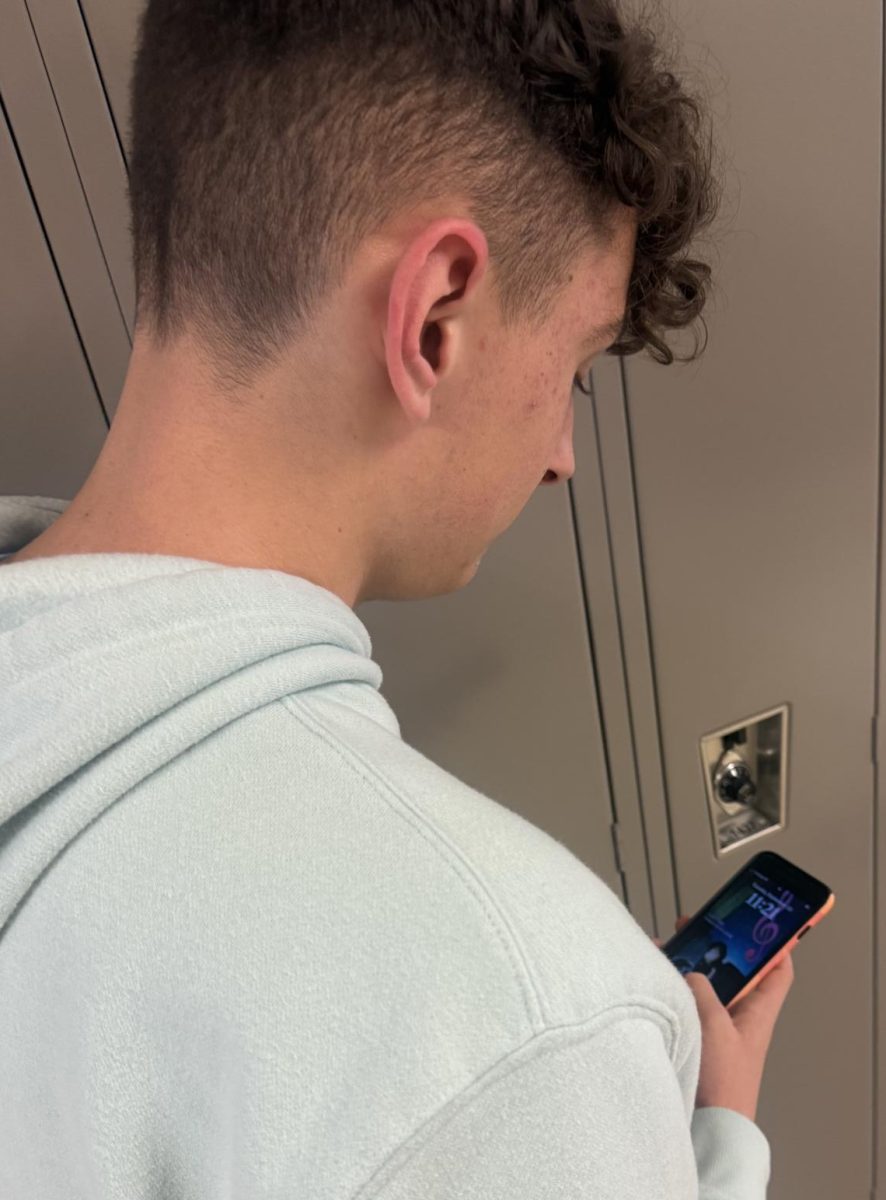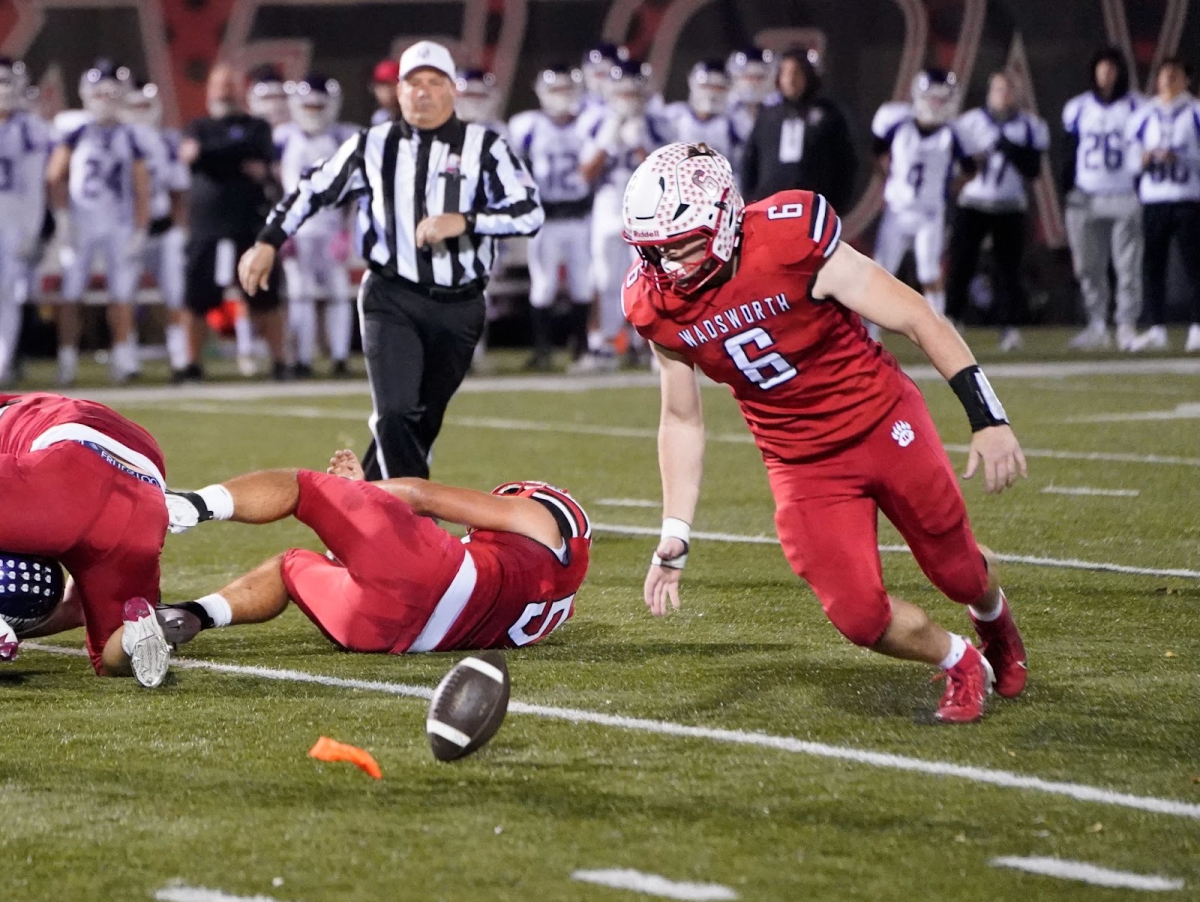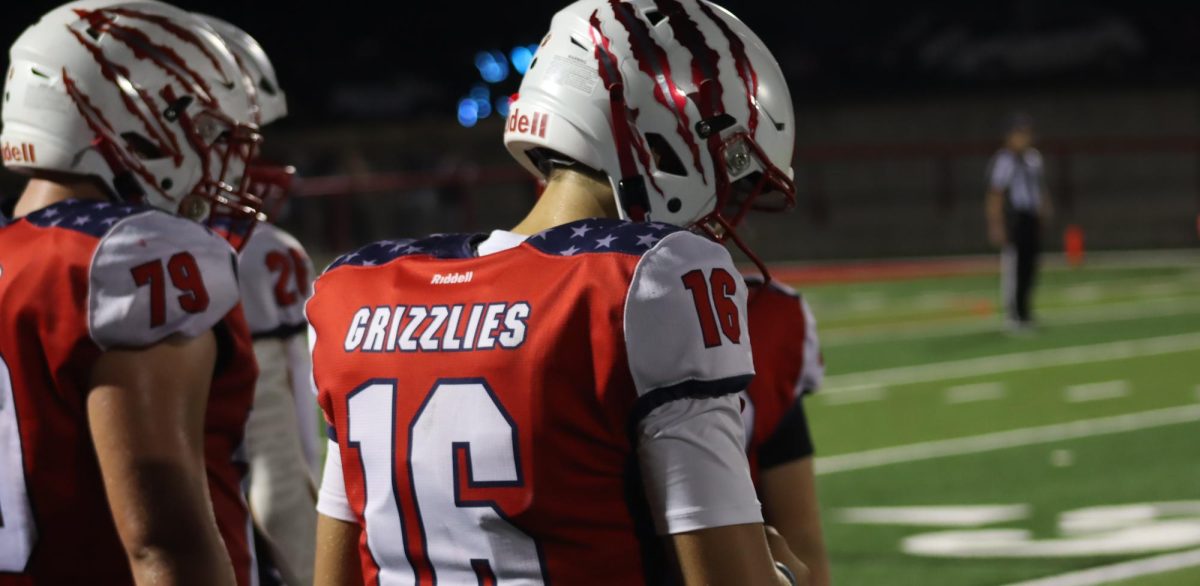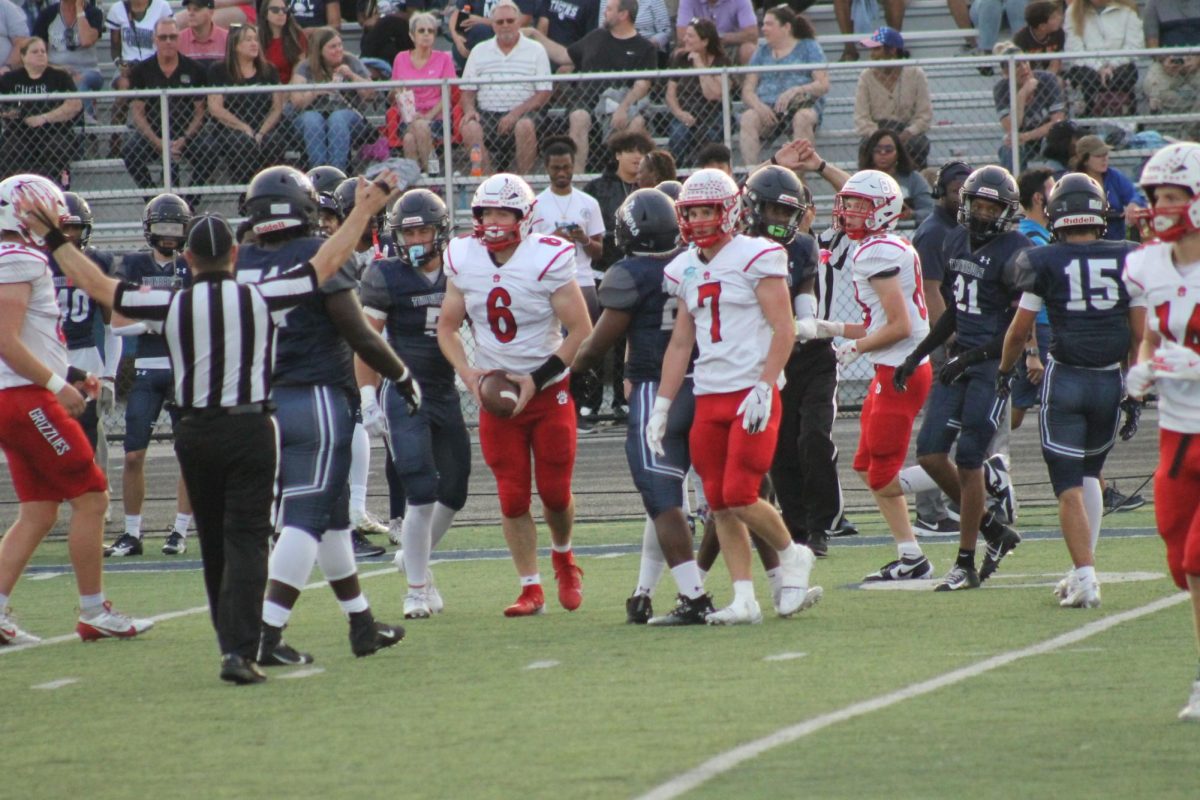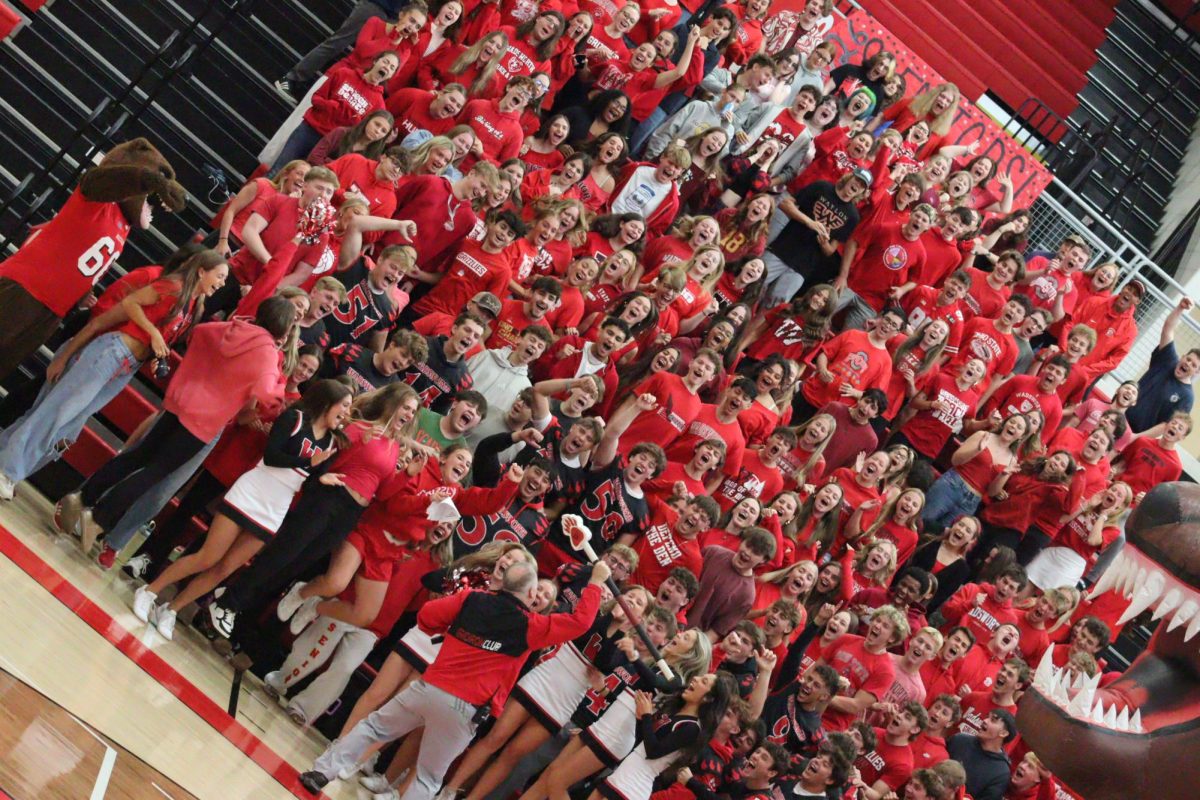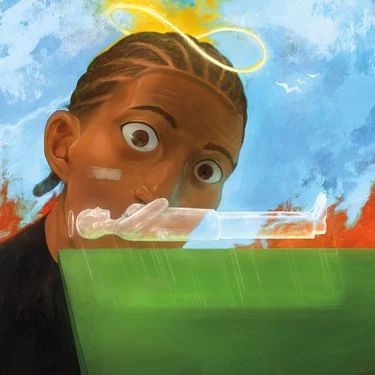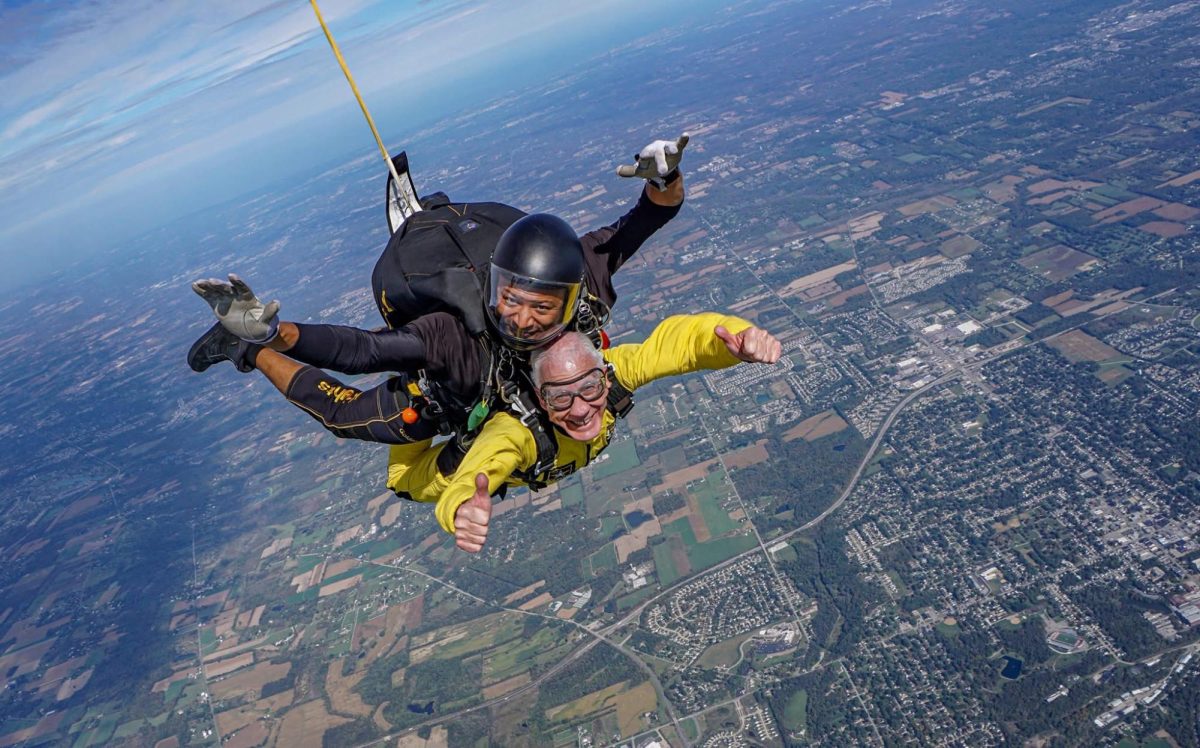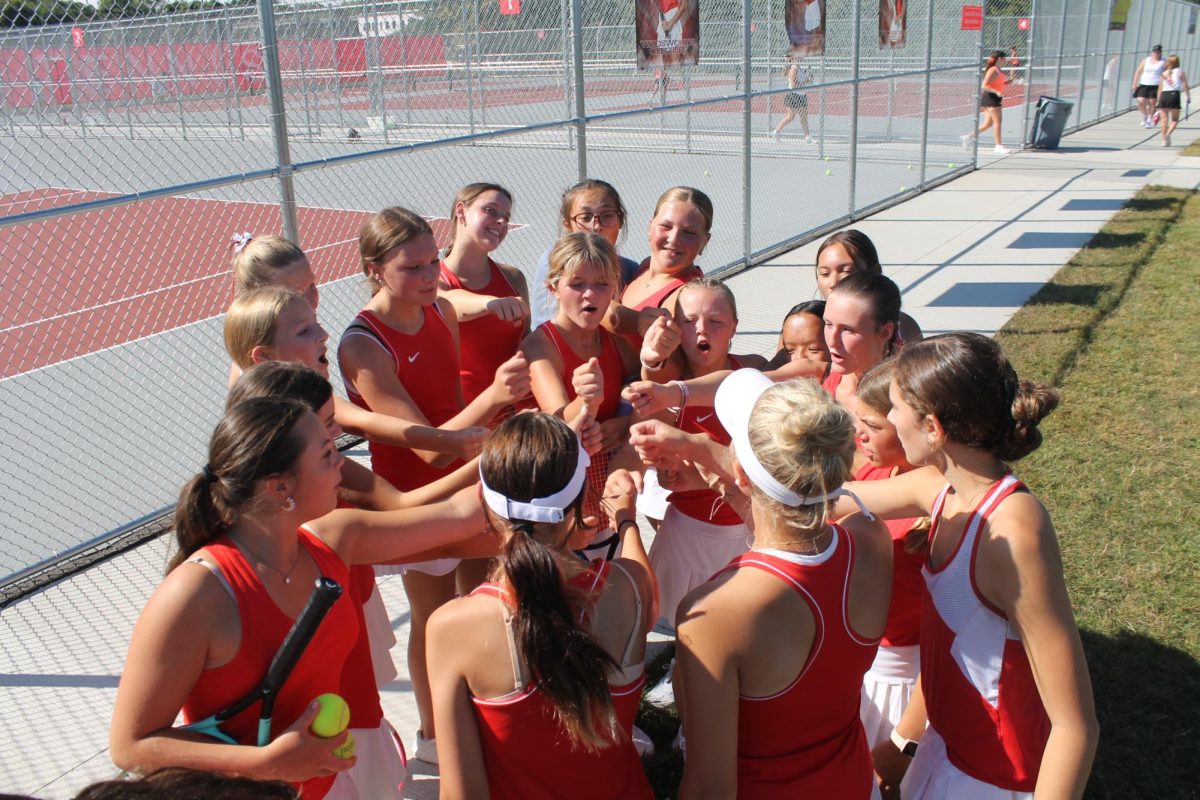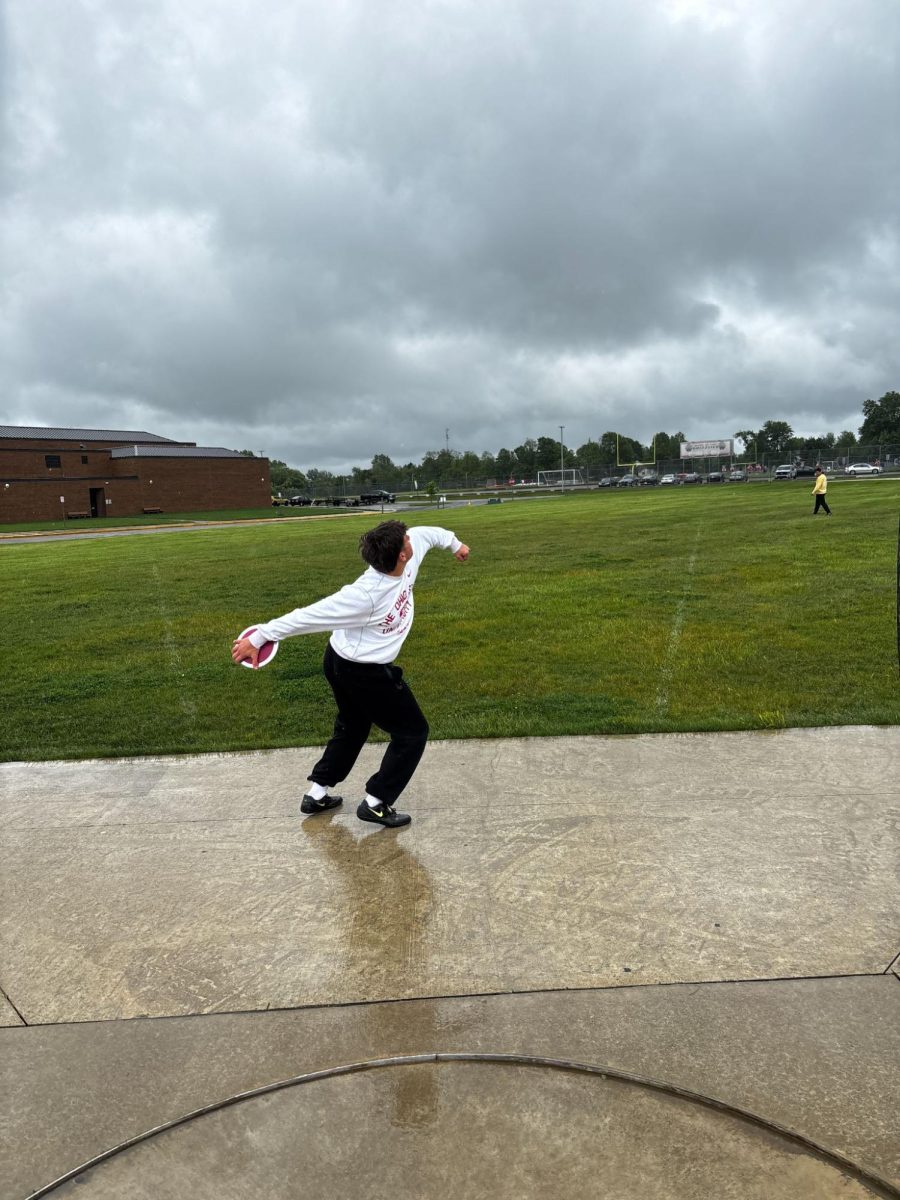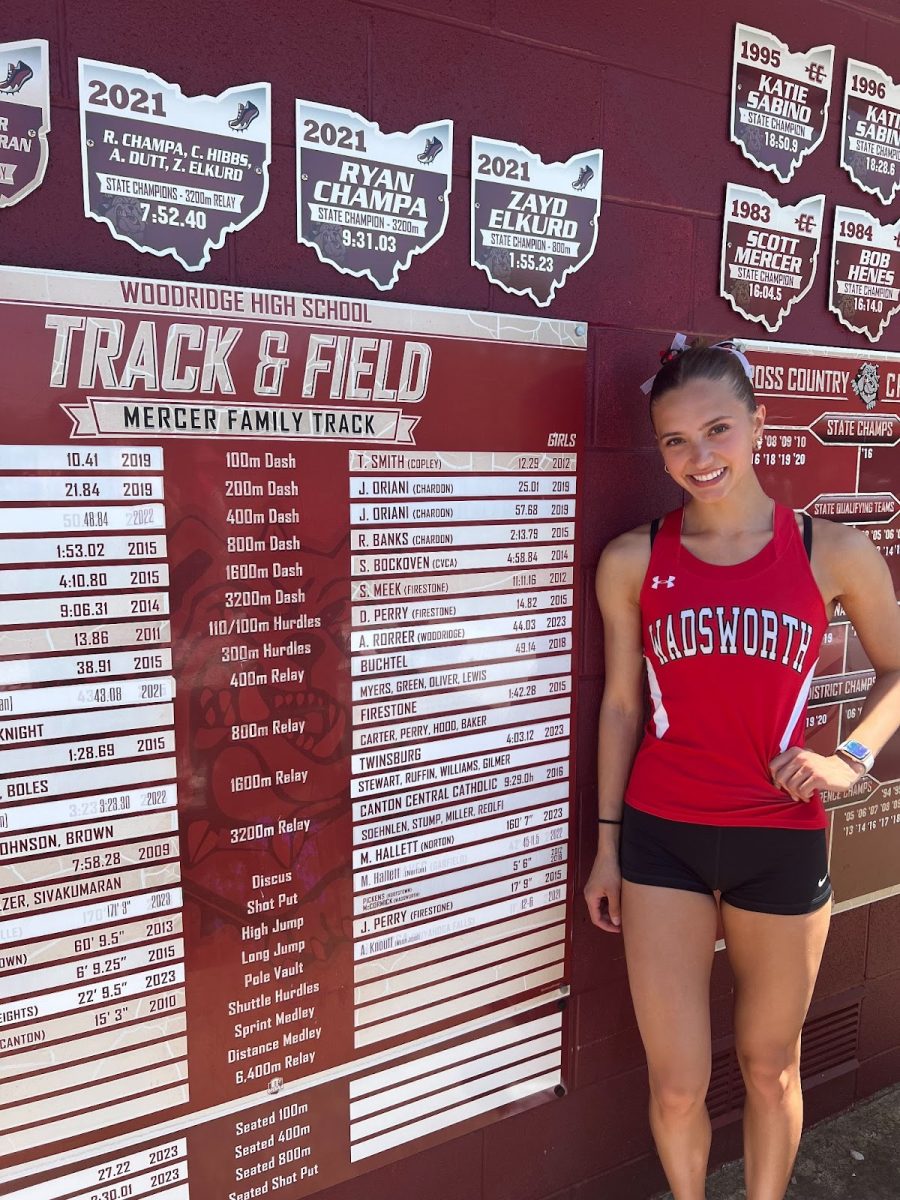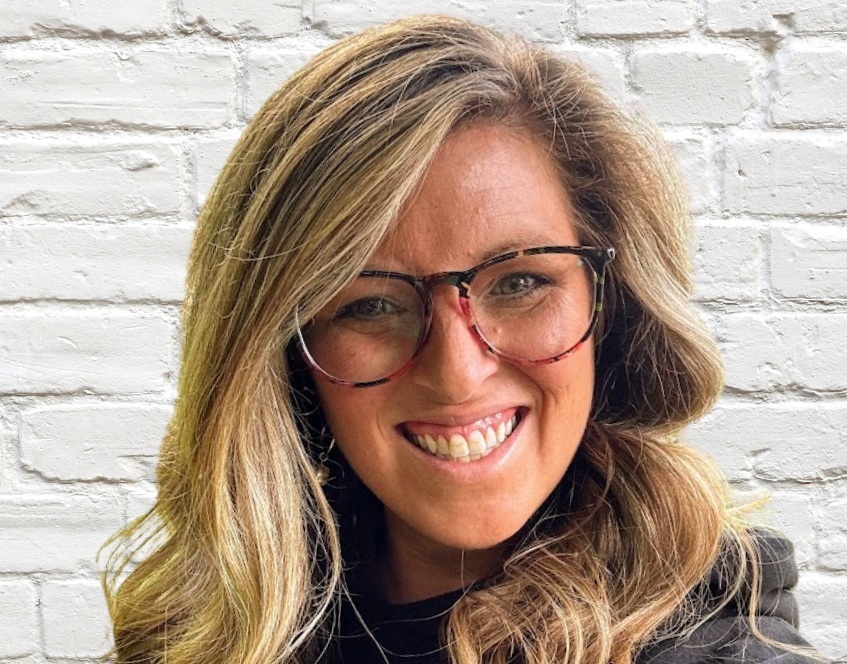OPINION BY JACOB MCDERMITT
In today’s ultra-competitive high school sports society, more and more student athletes are beginning to specialize in a single sport. They quit all but one sport to focus on it year-round.
This may seem like an opportunity for the athletes to reach their full potential in that sport, however it usually ends up hurting them. It can cause a loss of interest in the sport and overuse or burnout injuries. Multi-sport athletes are healthier and more active, as they transition into their adult lives.
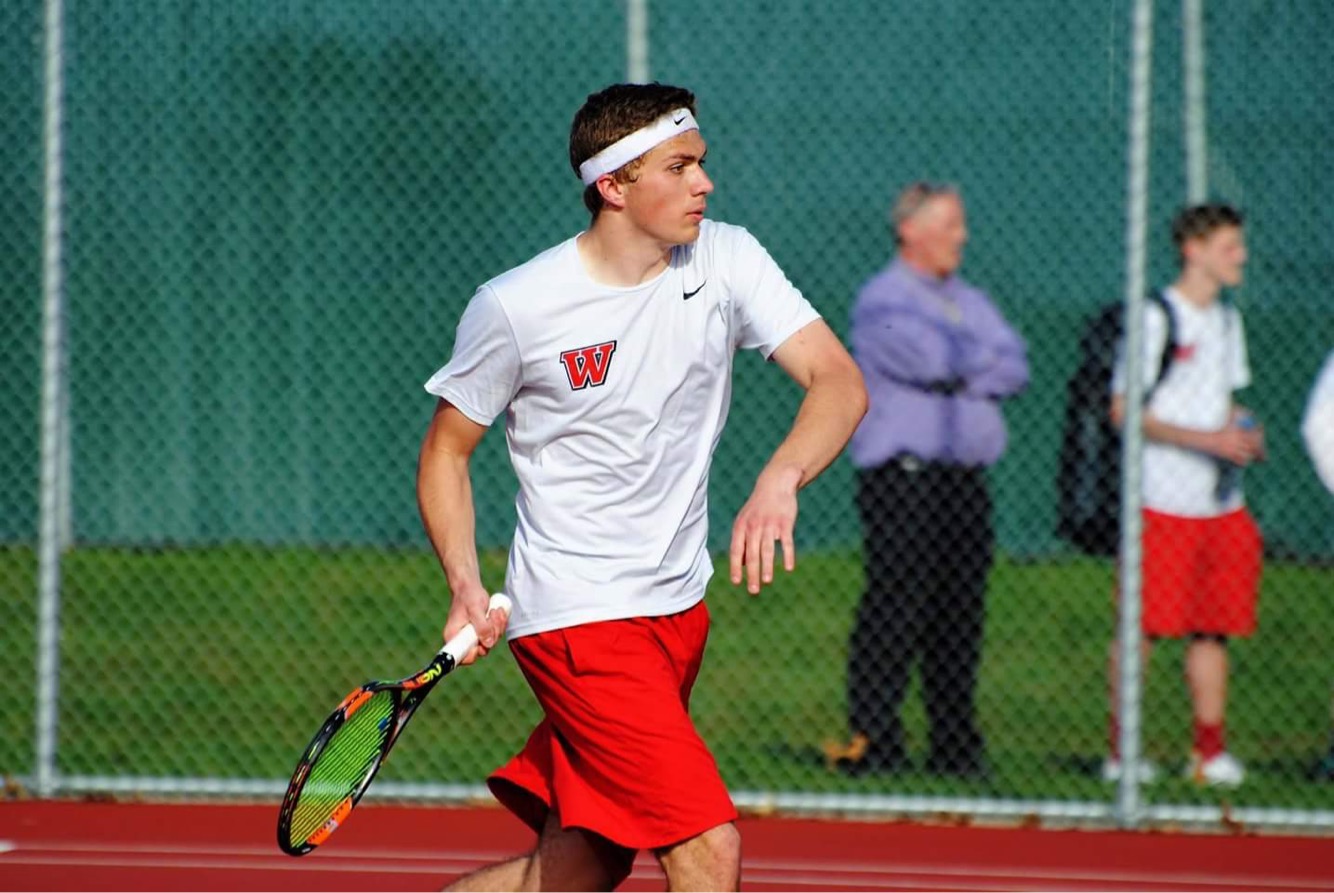
According to a study done by The Ohio State University, the earlier an athlete commits to a single sport, the more likely they are to quit early.
At the most basic level, sports are games. The idea is to have fun, but athletes who specialize in a single sport often become tired of the repetition; they do not enjoy their individual sports as much when it begins to occupy all their time. When they begin a sport because of the joy they get from it, the eventual lack of enjoyment becomes a problem.
Beau Casey, 10, played basketball as his only sport during his freshman year. This year, as a sophomore, he also began playing tennis. Casey is also considering golfing during his junior year.
“I like how it makes the school year go faster. Mixing it up throughout the year definitely helps me to keep my focus during each sport,” says Casey.
Single-sport athletes get drained from playing the same sport all year, but athletes like Casey do not have that problem.
Many people think specialization helps athletes because they become conditioned for the movements of particular sports, but according to a study done by John P. DiFiori, MD, Chief of Sports Medicine at UCLA, multi-sport athletes have better muscle development and general athleticism.
The unique environments help the athlete to develop a multitude of different muscles and muscle areas. Being fit in a wide variety of muscle groups helps the athlete’s overall health and limits the overuse injuries that plague single-sport, year-round athletes.
Overuse or burnout injuries are common in specialized athletes. The repeated use of the same muscles in the same fashion wears them down until they break.
Dr. Neeru Jayanthi of Loyola University did a study of 1,200 athletes and found that specialization in a single sport led athletes to be up to 93% more likely to become injured.
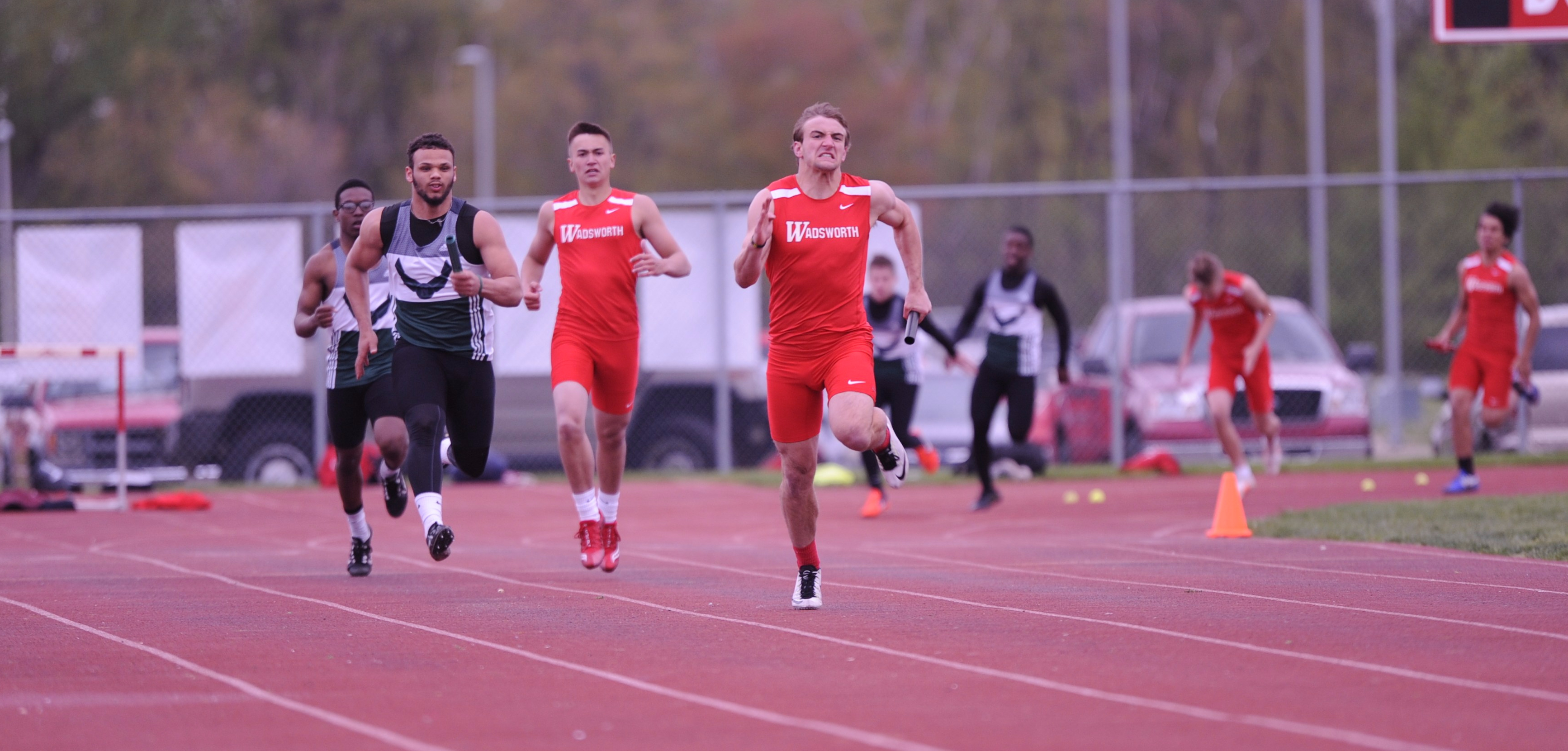
Multi-sport athletes lose time to other sports, but single-sport athletes lose more time to injury instead. When these athletes return from their injury, if they do at all, they are unhealthy and unconditioned. In comparison, multi-sport athletes have remained active and fit from their participation in other sports.
Ryan Storad, 11, plays basketball as his only sport. He was a varsity starter his sophomore year, and began his junior year in the same role. However, after just 6 games, he tore his ACL and missed the remainder of the season.
“I don’t think the trainers help enough and we don’t stretch enough,” said Storad, when asked what he thought was to blame for his injury. Specializing requires trainers and players to pay extra attention to their health through stretching and staying rested, which can be avoided by multi-sport participation.
In the aforementioned study, The Ohio State University also found that early specialization led to lower activity rates as the athletes reached adulthood. The more sports someone participates in, the better the chance they will continue to participate in one of their sports.
Playing multiple sports benefits the athlete not only as they participate, but as they move forward in their life as well.

